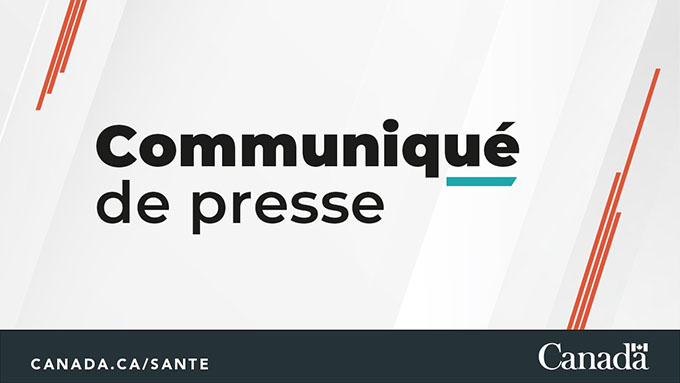MONTREAL — An ophthalmologist and doctor from McGill University developed the first-ever visual acuity chart in indigenous syllabaries — an alphabet used in Inuktitut, Cree and Ojibwa — to improve access to eye care for the First Nations and Inuit of Canada.
Christian El Hadad and Dr.
Visual acuity, which is essentially clarity of vision, is measured by a person’s ability to recognize letters or numbers at a specified distance.
“In Nunavik, many patients who were monolingual Inuktitut had difficulty reading the Latin letters used in our traditional horoscopes. (…) We estimate that nearly 85% of Canada’s 260,000 Aboriginal people use Aboriginal syllabary as their writing system,” explained Dr. Bhambra via email.
The two researchers wanted to demonstrate that visual acuity measurements performed using a person’s native alphabet can provide equivalent or better results.
Based on a sample of McGill University Health Center patients who read Inuktitut and English, they found that the majority scored equal or better when using the Inuktitut chart compared to the Alphabet chart.
This is the first time such a table has been designed in Canada. Prior to its development, people unfamiliar with the Latin alphabet could use a table called the “tumbling E” to indicate the orientation of the letter E, a method usually reserved for the illiterate.
“We felt that providing a table of visual acuity in Aboriginal alphabets respects the unique culture and language of Canadian Aboriginal people and avoids a pejorative sense of illiteracy,” said Dr. Bhambra. (…) We hope to provide equal access for Aboriginal communities in Quebec and Canada, especially as the right to be serviced in the Inuit language is a statutory requirement in the Nunavut public sector.”
To date, around forty visual acuity charts have been printed and distributed throughout Nunavik.
“Our visual acuity charts are available online to optometrists and ophthalmologists nationwide. We made them available for printing in standard sizes and shared the code to generate variations of our visual acuity chart with new letter combinations,” the doctor pointed out.
Access to care still unequal
Even today, Aboriginal people in Canada struggle to obtain adequate services in their communities, and those living in remote and northern regions often do not have access to specialized doctors such as ophthalmologists.
A Canadian report on access to eye care from 2016 to 2019 also showed “significant regional differences in the number of eye care professionals”. This disparity indicates that Canadians’ ability to see a specialist depends on where they live, which is contrary to Canada’s Public Health Act.
“Indigenous Canadians, particularly Quebec’s fourteen northern Inuit villages, are more likely to live in isolated communities accessible only by air, and thus have less access to eye care professionals at the same frequency as urban populations,” said Dr.
A 2018 study commissioned by the Canadian National Institute for the Blind (CNIB) also found that one-third of Aboriginal people living in Canada had not had an eye exam in the past two years.
In the doctor’s eyes, improving transport to remote areas and increasing the number of ophthalmologists practicing in rural areas would help improve services for Aboriginal patients.
“The use of telemedicine to screen for conditions such as glaucoma and diabetic retinopathy is an important solution. Developing tools to remove social and language barriers would also make it possible to better meet the ophthalmology needs of Aboriginal Canadians while respecting the richness of cultural diversity,” he summarized.
—
This article was produced with financial support from the Meta Fellowships and The Canadian Press for News.

Award-winning entrepreneur. Baconaholic. Food advocate. Wannabe beer maven. Twitter ninja.






